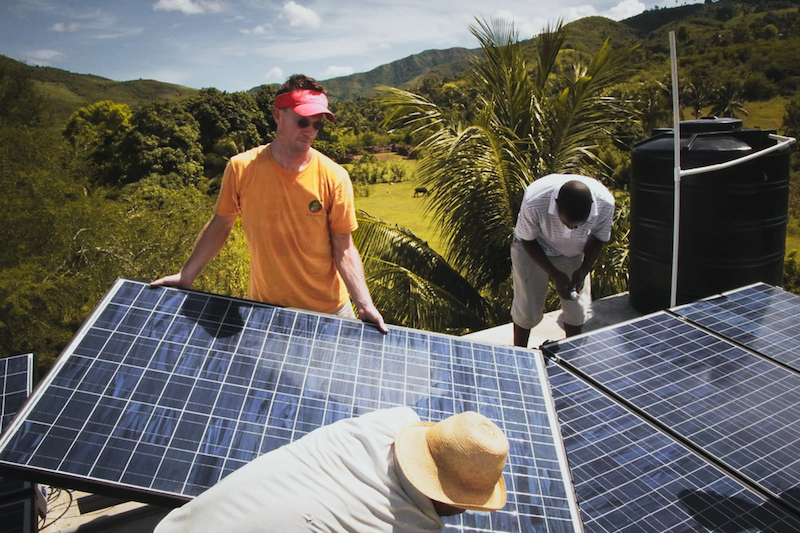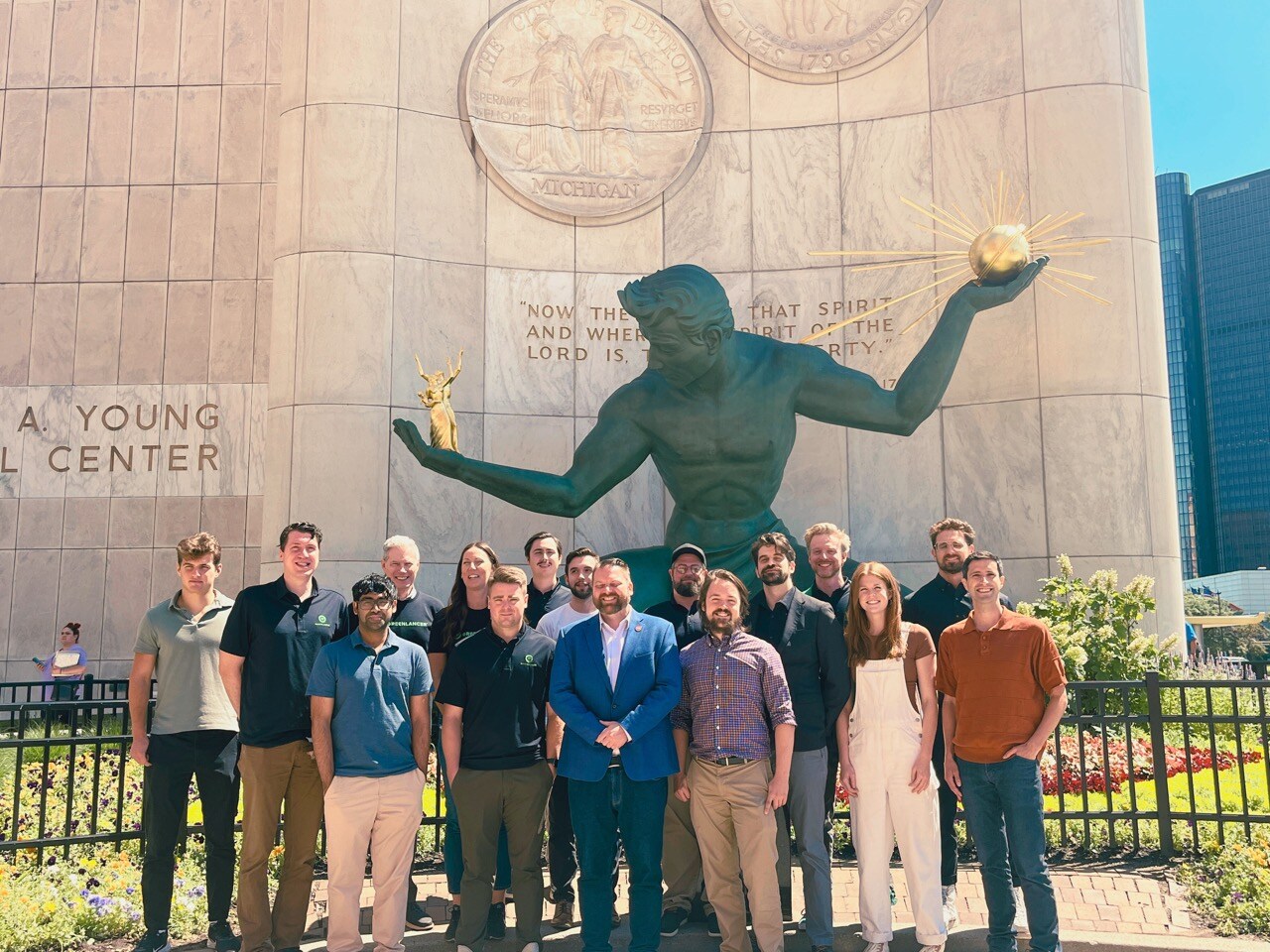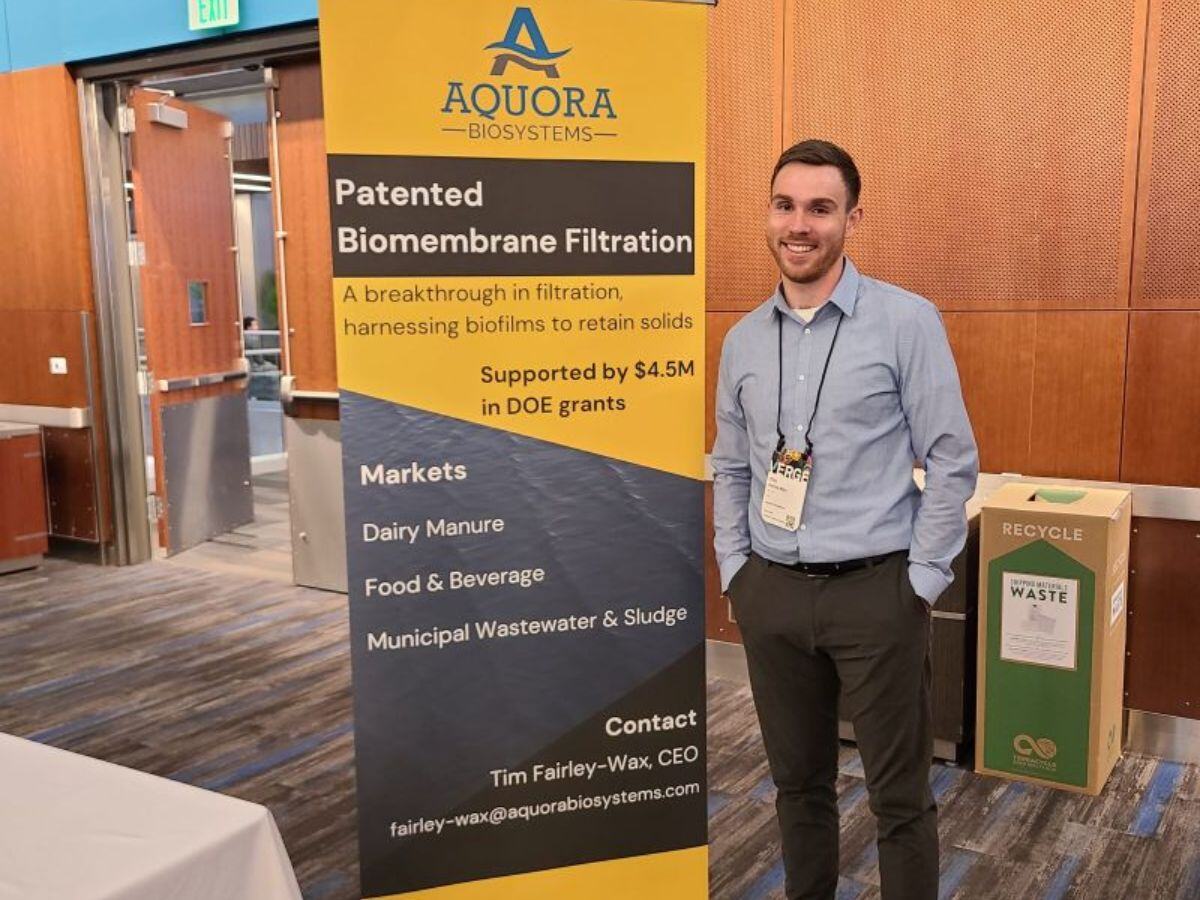Why this matters now: Energy, supply chains, and decarbonization just moved to the CEO agenda
According to the publication’s 2025 Climate Tech Companies to Watch list, three forces will set the pace for corporate competitiveness next year: China’s dominance in wind and batteries, the power appetite of AI/data centers, and rapid innovation in emissions-heavy materials. The implications are immediate-procurement leverage is shifting, energy costs and reliability risks are rising, and new low-carbon materials are reaching commercial viability.
Executive Summary
- Supply power shift: China now leads in wind and advanced batteries, tightening global supply dynamics and raising sourcing and geopolitical risk.
- AI = energy strategy: Data center demand is catalyzing long-term power deals (e.g., Google-Kairos Power up to 500 MW by 2035) and onsite/near-site storage plays.
- Materials moment: Cement (7% of global emissions) and rare-earth recycling are moving from lab to line-promising cost and carbon wins for heavy users.
Market Context: The competitive landscape is tilting
China’s cleantech ascent is now a market baseline. In 2024, the top four wind turbine makers were Chinese-Envision alone added 19.3 GW. Beyond wind, China’s battery ecosystem is diversifying: HiNa Battery Technology is scaling sodium-ion cells for mopeds and grid storage, pointing to lower-cost alternatives to lithium-ion. Expect tighter global pricing power and potential export constraints across wind components, batteries, and magnets.
AI’s rising load is redrawing power procurement. Tech majors are signing forward power offtakes to de-risk growth and accelerate novel generation. Kairos Power’s agreement with Google signals that next-gen nuclear could clear financing hurdles via hyperscaler demand. Meanwhile, Redwood Materials is deploying microgrids built from used EV batteries to serve data centers—an early template for circular, dispatchable capacity.

Materials innovation is accelerating where emissions are largest. Manufacturing accounts for ~30% of global GHGs; cement alone is ~7%. Companies like Cemvision are pursuing alternative feedstocks and fuels to decarbonize clinker-intensive processes. Cyclic Materials aims to reclaim rare-earth magnets—a critical input for motors, turbines, and electronics—when only ~0.2% of rare earths are currently recycled, easing supply risk and cutting scope 3.
Opportunity Analysis: Where value will be created (or lost)
Energy costs and reliability will diverge by who secures firm, low-carbon power first. Long-dated offtakes (PPAs/CFD-style) with advanced nuclear, utility-scale renewables plus storage, or circular microgrids can lock in cost and uptime advantages as interconnection queues swell. Sodium-ion and second-life batteries expand options for peak shaving and backup without lithium price exposure.

Supply-chain resilience is now strategic. Magnet and battery inputs sit at the intersection of geopolitics and growth. Early partnerships with recyclers (rare-earths, batteries) and dual-sourcing away from single-country exposure will protect margin and continuity.
Low-carbon materials can translate to revenue. Construction, consumer, and industrial buyers are paying premiums—or awarding tenders—tied to embodied carbon. Piloting low-clinker cement and verified recycled magnets can reduce scope 3 and unlock green procurement channels and tax/credit incentives.

Action Items: Moves to make this quarter
- Lock power early: Run a competitive process for 10-15-year PPAs with firming (storage, nuclear pilots, or hybrid microgrids). Prioritize sites near high-renewable congestion where pricing favors offtakers.
- Design for flexibility: Shift noncritical compute/process loads to off-peak and co-locate with generation/storage to cut demand charges and curtailment risk.
- Diversify batteries: Pilot sodium-ion for stationary storage and second-life EV packs for resiliency; set specs that allow multiple chemistries.
- De-risk magnets: Sign MOUs with rare-earth recyclers for offtake; inventory critical magnet needs for 12-24 months and qualify non-China suppliers where feasible.
- Switch materials: Trial low-carbon cement in upcoming builds; include embodied-carbon thresholds and EPDs in procurement to access green premiums and incentives.
- Map exposure: Build a China-dependency and export-control heat map across wind components, batteries, and magnets; prepare alternate routings and stock strategies.
- Finance the transition: Use sustainability-linked loans and tax credits to improve IRR on onsite storage and low-carbon material pilots.
Bottom line: Climate tech is no longer a side bet—it’s a cost, risk, and growth lever. Early movers on power procurement, recycled critical materials, and low-carbon inputs will set the price and resilience curve for 2025–2030.
Leave a Reply